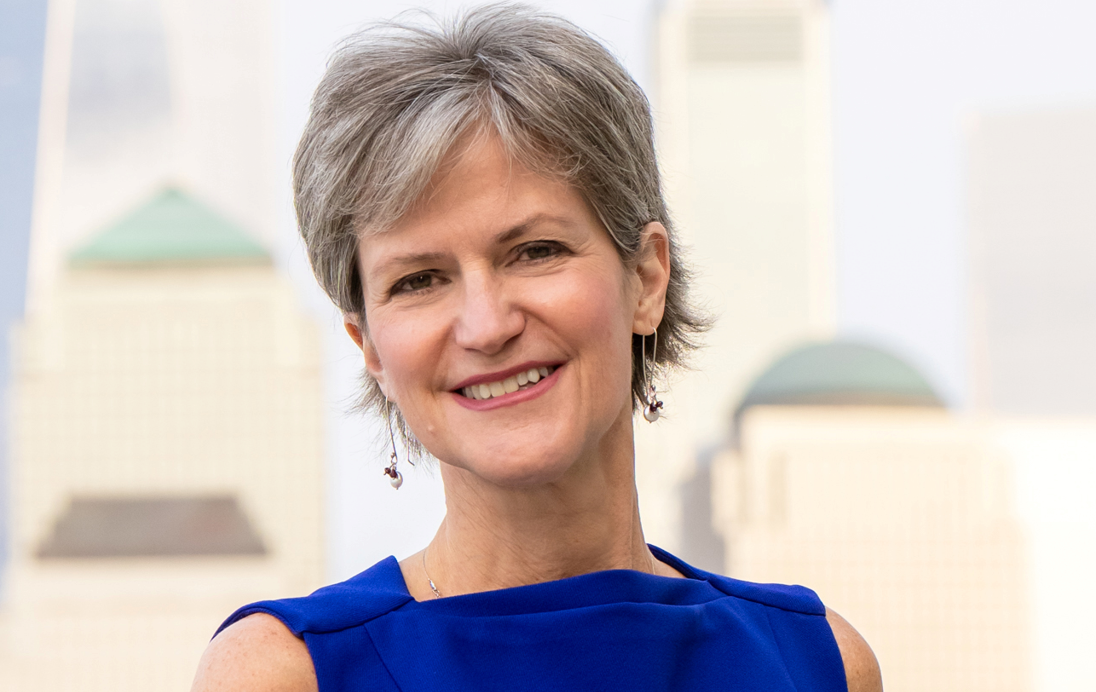Reimagining Higher Ed for Men and Fathers
The equity problem disproportionately affecting women and mothers in the workplace is well documented. Gender-based disparities in discretionary time, career opportunities and salary persist despite efforts to level the playing field.
But as we prepare to celebrate Father’s Day, it’s important to recognize that some men also face barriers to opportunity, affecting their lives and their families’ economic situations. Fewer men are pursuing college degree programs, and the gender gap in higher education, a decades-old issue, hit an all-time high last year.
Nationally, men made up just 40.9% of enrolled students in spring 2022, with women at 59.1%, according to the National Student Clearinghouse Research Center. Men who do enroll are less likely to graduate. And parents across the board — fathers included — are struggling to find time to learn new workforce skills.
The numbers track similarly in New York State. Students in the public, 64-campus SUNY system are 44% male and 56% female. Men make up just 43% of all students in the state’s independent higher education institutions, according to the latest data from the Commission on Independent Colleges and Universities.
Men in the Empire State are also less likely to be enrolled anywhere, part of the 176 million men nationally with some college but no credential. Re-enrollment is always an option, but significantly fewer men (38.3%) in America are going back finish their studies.
National completion rates — the percentage of students who have earned a bachelor’s degree within six years — are eye opening as well, showing that fewer men (58.6%) are graduating than women (65.4%). New York State has a gender gap in completion rates across all three institutional categories: public four-year (67.1% male, 75.5% female); private nonprofit four-year (80.8%, 85.2%); and public two-year schools (41.5%, 51%).
Educational attainment has been proven to positively impact lifetime career earnings, which is especially crucial for parents raising and supporting children. Yet they are the very population who struggle most with finding time to earn a degree. Parents have 4.3 fewer hours per week to spend on education, according to researchers from the City University of New York and the University of Texas at El Paso. In fact, in a previous study, the same researchers found that 52% of parents drop out within six years of starting college, despite earning higher GPAs than non-parents. Those who do graduate are slower to complete their programs.
Another issue is affordability. In late 2021, Pew Research Center released data that showed cost was the top reason (39%) for men not completing a four-year degree program.
To start, policymakers and higher ed leaders can — and should — address the root causes of student debt. Secondly, we can reimagine higher education to give time-crunched parents much-needed flexibility; this would create a pathway for men whose studies have stalled due to family responsibilities.
For example, online competency-based education, measuring skills and subject knowledge rather than time spent in a classroom, is one relatively new approach that has proven successful as a complement to traditional programs. Pioneered by nonprofit, accredited Western Governors University in 1997, competency-based education leads to higher graduation rates. WGU’s 6-year undergraduate completion rate of 50% is well above the national average of 40% for comparable nonprofit, open-admission institutions, according to National Center for Education Statistics data.
Competency-based education is also more economically viable for some students. A 2019 Gallup Alumni survey found that 42% of WGU undergraduate alumni completed a degree without any student loans. For those that did borrow, the average debt in 2019 was $14,941, compared to the national average of $29,900.
The model, especially when delivered online, can also be a lifeline to parents with limited time. Students accelerate once they prove mastery of the subject matter, whenever and wherever they choose to engage in their studies. The key is flexibility — options that provide access regardless of childcare status, location, or wherever the hands happen to be on the clock.
Initiatives such as CUNY’s NYC Men Teach, which introduced more than 1,000 men of color to the teaching pipeline, are also key to addressing the gender gap in education through the lens of a specific, local workforce issue. Similarly, the Syracuse-based Operation Socrates is recruiting and educating teachers from the ranks of active duty military and veterans.
By working with partners and policymakers to advance new approaches like public-private partnerships — and workforce training programs focusing on flexibility — we can reduce longstanding barriers that keep men and fathers from attaining a credential of value in the workplace. Tackling these problems will strengthen our post-pandemic economy, which is still reeling from an employment crisis.
These are structural issues that won’t be fixed overnight, but we can’t be satisfied with the status quo. We must recognize the benefits of reimagining and innovating higher education to remove barriers to opportunity, reskill and upskill our regional workforces, and make the promise of a career-relevant degree attainable for all.
Rebecca L. Watts, Ph.D., serves as a regional vice president for Western Governors University (WGU), a nonprofit, accredited university focused on competency-based learning with 3,100 students and 5,500 alumni in New York. She holds a doctorate in higher education leadership from Ohio University, and degrees in communication, including a master’s degree from the University of Illinois at Springfield, a bachelor’s degree from Sangamon State University, Ill., and an associate degree from Lincoln Land Community College, Ill.
###

